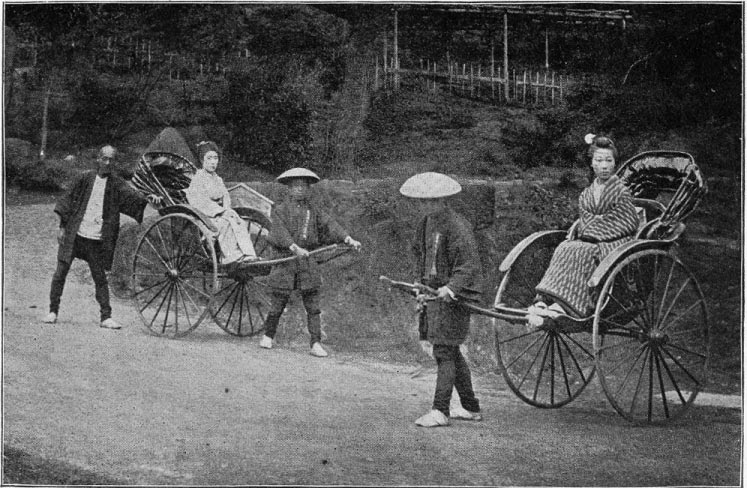|
Pulled Rickshaw
A pulled rickshaw (from Japanese ) is a mode of human-powered transport by which a runner draws a two-wheeled cart which seats one or two people. In recent times the use of human-powered rickshaws has been discouraged or outlawed in many countries due to concern for the welfare of rickshaw workers. Pulled rickshaws have been replaced mainly by cycle rickshaw and auto rickshaws. Overview Rickshaws are commonly believed to have been invented in Japan in the 1860s, at the beginning of a rapid period of technical advancement. In the 19th century, rickshaw pulling became an inexpensive, popular mode of transportation across Asia. Peasants who migrated to large Asian cities often worked first as a rickshaw runner. It was "the deadliest occupation in the East, ndthe most degrading for human beings to pursue." The rickshaw's popularity in Japan declined by the 1930s with the advent of automated forms of transportation, like automobiles and trains. In China, the rickshaw's populari ... [...More Info...] [...Related Items...] OR: [Wikipedia] [Google] [Baidu] |
